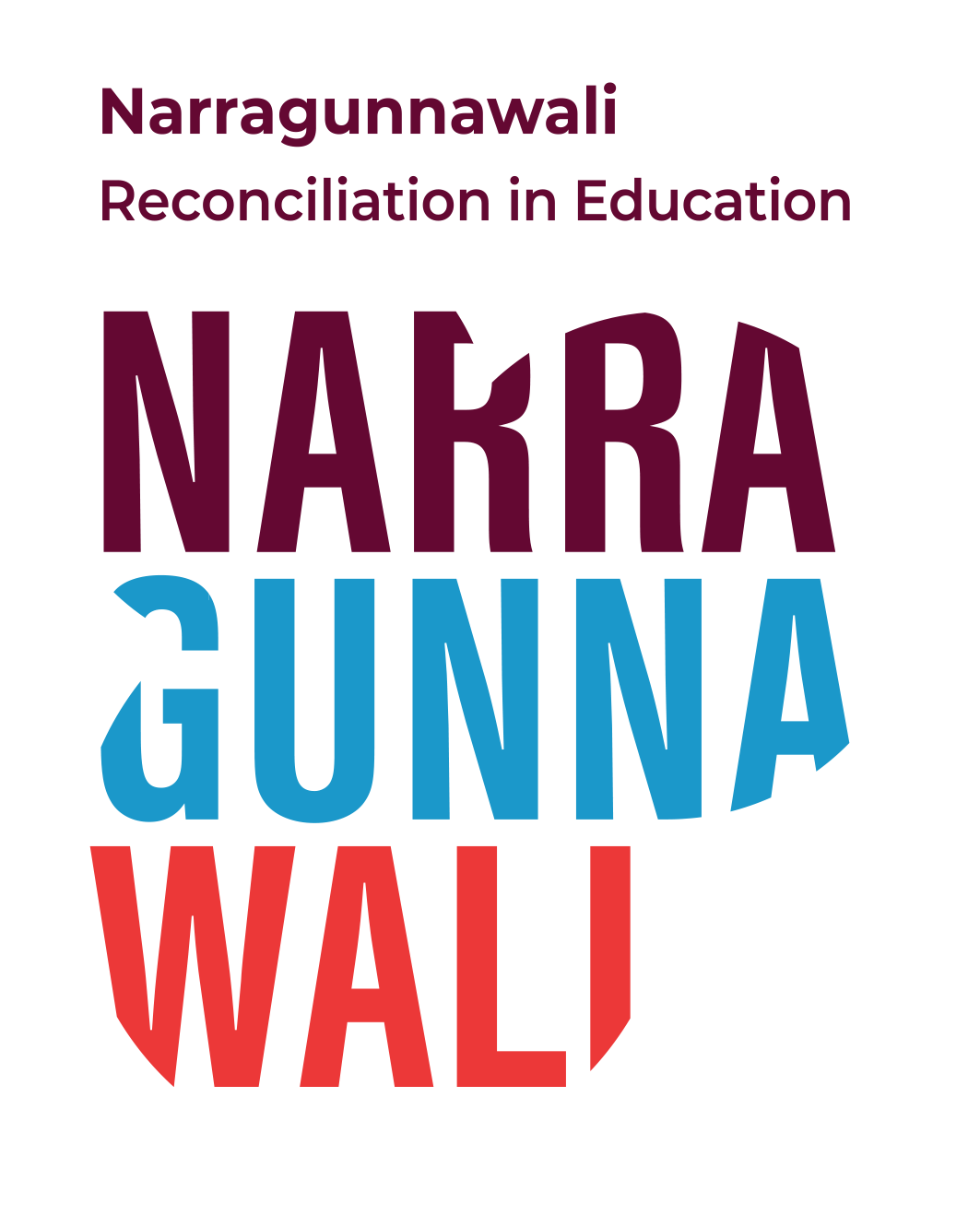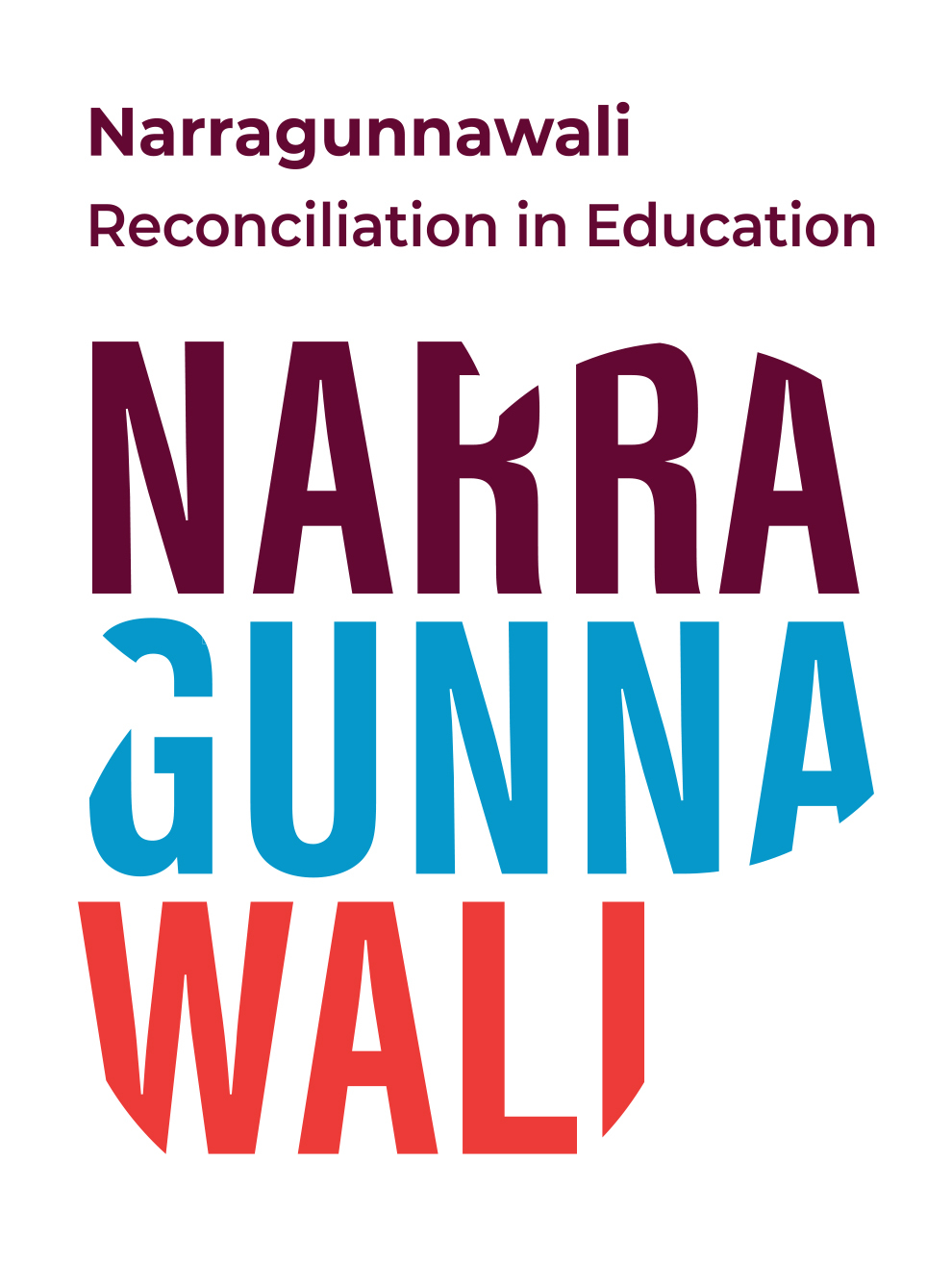The information below responds to some frequently asked questions about writing your Vision for Reconciliation.
Recognising that there are diverse Aboriginal and Torres Strait Islander experiences and perspectives across the nation, this is a guide and is not intended to replace the advice and aspirations of local communities.
Please contact us if you have any further questions
-
What is a Vision for Reconciliation?
A Vision for Reconciliation is a shared aspirational statement that guides all individuals in your school or service, including staff, children, students, and local Aboriginal and Torres Strait Islander peoples and non-Indigenous people to clarify their understanding of reconciliation in education. You can also include what motivates your school or service’s commitment to reconciliation.
When writing your Vision for Reconciliation, there is also an option to include a statement in your RAP that acknowledges the Country your school or service is located on and pays respect to Elders and Traditional Custodians past and present.
To support the development of this statement, consider engaging with the information and resources within the Acknowledgement of Country RAP Action. As the statement appears in your published RAP document, you are encouraged to write a whole school/service Acknowledgement of Country.
-
Who should write our school or early learning service's Vision for Reconciliation?
To support institutional integrity, you should collaboratively develop your Vision for Reconciliation statement with your RAP Working Group and wider learning community. Only the Chair/s of your RAP Working Group can access and edit your Vision for Reconciliation within the Narragunnawali platform.
-
What resources are available to support the development of our Vision for Reconciliation statement?
To develop your Vision for Reconciliation statement and have it ready for Reconciliation Australia's Narragunnawali team to review, take a look at:
• What is your Vision for Reconciliation? professional learning resource
• Narragunnawali Terminology Guide
• Other institutions' Vision for Reconciliation statements shared through the Who has a RAP? MapA strong Vision for Reconciliation:
-
Is personalised and localised, focusing on the particular context of your individual school/ service community.
-
Is shaped by active engagement with diverse members of the school or early learning service’s community, including Aboriginal and Torres Strait Islander community members and the wider local community.
-
Makes explicit reference to the importance of building relationships with the local Aboriginal and Torres Strait Islander community.
-
Is based on careful and critical reflection and is forward-thinking and aspirational.
-
Draws on a strengths-based approach and actively references the successes and rich Aboriginal and Torres Strait Islander knowledges and contributions in shaping educational and wider outcomes.
-
Pays close attention to the use of respectful and inclusive language and terminology and actively considers the cultural safety of Aboriginal and Torres Strait Islander peoples reading the Vision statement and/or contributing to its development and review, including representatives from Reconciliation Australia’s Narragunnawali team, where your Vision statement is included as part of a wider submission of your RAP.
Your Vision for Reconciliation statement should recognise:
-
That reconciliation is an ongoing and multi-dimensional process and refers to The State of Reconciliation in Australia report (and Discussion guide) for guidance in understanding the five interrelated dimensions required to drive reconciliation.
-
That reconciliation in Australia is about more than celebrating multiculturalism, diversity and inclusion and the histories, cultures and contributions of Aboriginal and Torres Strait Islander peoples should be recognised and respected as a unique part of our shared national story and identity.
-
The importance of reconciliation for all Australians - reconciliation is everyone's business, and for everyone's benefit, and should not rest solely on the shoulders of Aboriginal and Torres Strait Islander peoples.
-
That reconciliation is not a matter of ‘us’ and ‘them’ and requires genuine and meaningful two-way relationships between non-Indigenous Australians and Aboriginal and Torres Strait Islander peoples.
-
-
Any other questions?
Contact us: narragunnawali.org.au/contact-us

